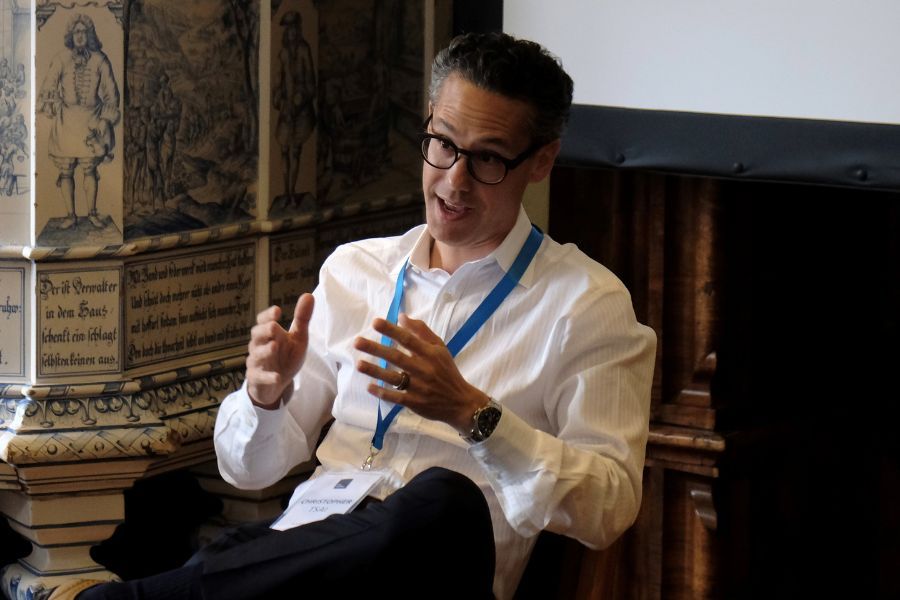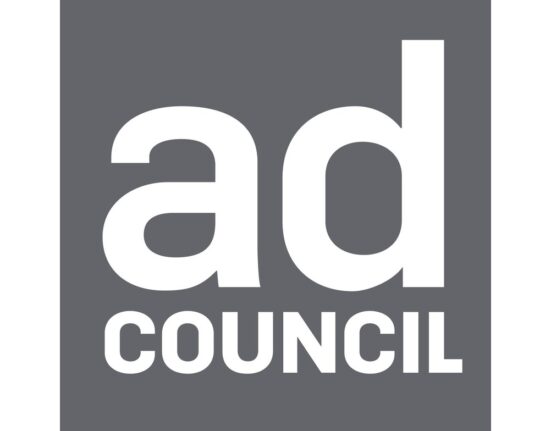While long-term growth and preservation of capital are hardly unique principles for a wealth management firm, for Christopher Tsai, it’s his intermingled approach toward both that sets Tsai Capital apart – especially where his passion for art investment is concerned.
“We focus on five-year-plus time horizons,” Tsai says. “Our client base, which includes high-net-worth individuals, charitable organizations, retirement accounts, and corporations, shares this commitment. This is a departure from the short-term orientation many managers adopt.”
What underpins Tsai’s strategy is his underlying acceptance of market volatility, a trait he inherited from one of his mentors, the late Charlie Munger, who instilled in him the idea of waiting for the right opportunity.
“You don’t have to swing at every pitch because, in investing, there are no called strikes,”
Tsai says.
While 2022 presented itself as a challenging year, he was determined to leverage those pitfalls into opportunities – adding six new companies to his portfolio. All six were carefully researched over several years.
“We have a dozen or so investors and friends who I admire and communicate with almost daily about investment ideas,” he says. “They’re part of a strong ecosystem of fellow investors and CEOs that have been hugely beneficial to our investing process. We have 21 companies today, so we’re highly focused, but we’re diversified enough where we could weather rough waters.”
When it comes to the company’s investment criteria, Tsai emphasizes the meticulous selection process that narrows down a pool of about 2,000 companies to a focused portfolio of 21. Avoiding most cyclical companies, those with poor unit economics, and those not aligned with future trends, Tsai seeks asset-like business models with high returns on equity, significant competitive advantages, and a win-win ecosystem for all stakeholders.
“Ultimately what we’re trying to find are businesses that can double every five to seven years. We’re looking for companies that truly add value to the customer,” he says. “If you’re not adding value, your product or service is likely to get competed away over time. We always ask the question, ‘Why is it difficult for the competition to take share?’ It’s telling, I think, if a company has had a long history of high returns on equity and capital and has been able to maintain that – there’s usually something there, some sort of economic moat. We like businesses that have pricing power – but maybe haven’t fully flexed that [yet].”
One of the more unique areas that stands out to Tsai is the realm of art investment. According to data from DollarSprout, art delivers average returns of 7.6 percent – with the United States leading the way, having monopolized 43 percent of the art-industry value. Tsai believes this trend is only set to grow, and he cites three overarching benefits of investing in art for high-net-worth individuals.
“First, it can offer appreciation potential that has generally kept pace with the S&P,” he says. “Secondly, depending on what sort of art you’re talking about, there’s a low coefficient between art and the S&P 500 Index, which is obviously beneficial from a diversification standpoint. But I think the biggest benefit of owning art is that it can provide psychological comfort when you might be experiencing volatility in equities. If you know you have money stored elsewhere, you might not do something rash with your equity portfolio. So that, to me, is the biggest advantage.”
However, Tsai doesn’t downplay the challenges of art investment. And, despite the complexities, he sees parallels with equities, emphasizing the importance of positioning oneself on the right side of change.
“Art definitely has a place in the overall investment portfolio for high-net-worth individuals,” he says. “It’s far more difficult to own art and analyze it compared to equities because there’s no cash flow. It’s hard to come up with an intrinsic value. And I think that in many ways, art can be much more difficult to get into one’s overall portfolio in a way that actually makes sense.
“There is, with art, certain parallels to investing in equities,” he adds. “At Tsai Capital, we want to position ourselves on the right side of change. We want to align ourselves with where the world is moving. Today, institutions are focused on collecting underrepresented identity groups, and I don’t see that changing for some time.”







